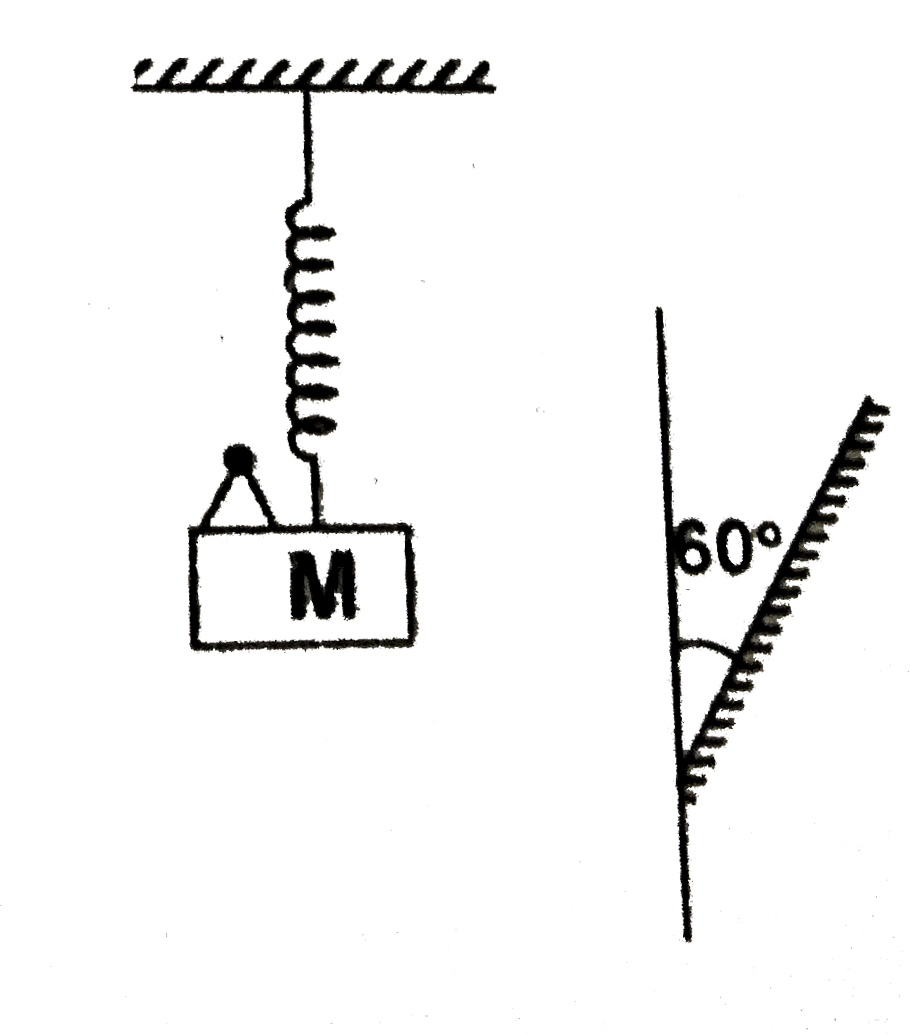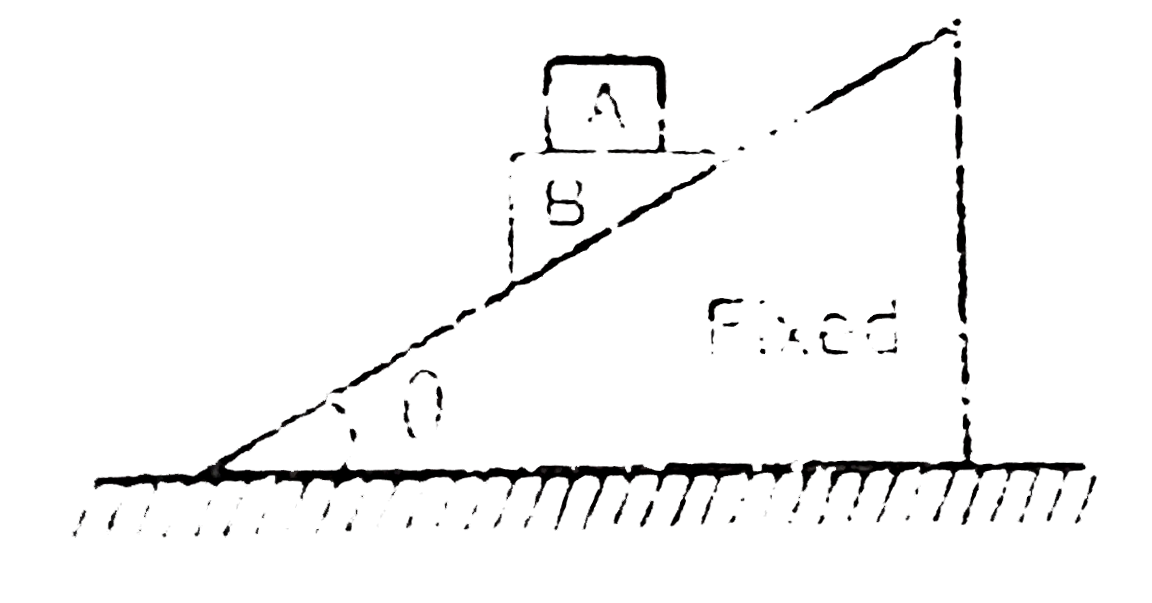For the arrangement as shown in the figure the maximum force F, for no relative motion between blocks is

12N
8N
20N
24N
The correct Answer is:D
To start motion F>8M

Acceleration =F−88

F2−fr=3(F−88)⇒F8+3=fr
Fmax8+3=fLm=6N⇒Fmax=24Nx
Similar Questions
For the arrangement shown in the figure, the force at the bottom of the vessel is

View SolutionFor the arrangement shown in the figure the coefficient of friction between the two blocks is μ. If both the blocks are identical and moving ,then the acceleration of each block is

View SolutionIn the given arrangement the maximum value of F for which there is no relative motion between the blocks

View SolutionTwo blocks of masses'm' and 'M' are arranged as shown in the figure. The coefficient of friction between the two blocks is ' μ ', where as between the lower block and the horizontal surface is zero. Find the force 'F' to be applied on the upper block, for the system to be under equilibrium ?

View Solution
An insect of negligible mass is sitting on a block of mass M, tied with a spring of force constant k. the block performs simple harmonic motion with amplitude A in front of a plane mirror placed as shown in the figure the maximum speed of insect relative to its image will be
View Solution
Block B of mass 2 kg rests on block A of mass 10 kg. All surfaces are rough with the value of coefficient of friction as shown in the figure. Find the minimum force F that should ber appplied on blocks A to cause relative motion between A and B.(g=10ms2)
View Solution
Block B of mass 2 kg rests on block A of mass 10 kg. All surfaces are rough with the value of coefficient of friction as shown in the figure. Find the minimum force F that should ber appplied on blocks A to cause relative motion between A and B.(g=10ms2)
View SolutionBlock 'A' is placed ober the block 'B' as shown in the figure. Wedge is fixed and there is no friction. Between block 'B' and fixed inclined. Force of friction on the block 'A' is

View SolutionTwo blocks A and B are lying on the table as shown in the figure. The coefficient of friciton between block A and block B is μ. The coefficient of friction between block B and ground also μ. An external force F is applied in the direction shown. The maximum value of the force F that can be applied without moving the blocks.

View SolutionBlock B of mass 2kg rests on block A of mass 10kg. All surfaces are rought with the value of coefficient of friction as shown in the figure. Find the minimum force F that should be applied on block A to cause relative motion between A and B. (g=10m/s2)

View Solution

